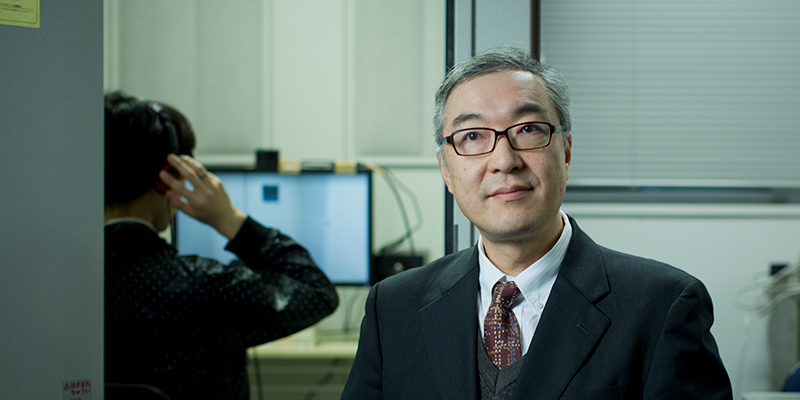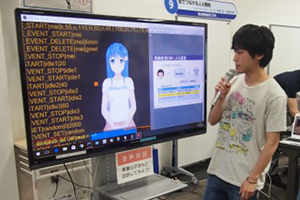
In the science fiction field, many robots befriend humans, such as R2-D2 of CUTTheCUT Star Wars. Until a decade ago, spoken dialogue systems that can talk with a human were only in laboratories; now everyone has such a system in a smartphone or a smart speaker, such as Siri or Alexa. So, can these dialogue systems become friends of users?

We are developing spoken dialogue systems that can have a chat with users. This kind of dialogue systems is called “a non-task-oriented dialogue system,” in contrast to task-oriented spoken dialogue systems such as an automatic reception of a call center, a dialogue system for online shopping, or an information kiosk. The purpose of developing a non-task-oriented dialogue system is, to some extent, for developing a “virtual friend” of a user - who can listen to the user’s voice, provide appropriate replies and show sympathy to the user. Not only as an added value of entertainment, but such a user interface would also be significant from a business point of view because the user would prefer buying things from a “friend.”
It is essential for such systems to express sympathy to the user. We developed a spoken dialogue system which produces a reply voice using emotional speech synthesis [1]. This system delivers an utterance containing a specific emotion (neutral, joyful and sad) according to both the sentiment of the user’s utterance and that is in line with the content of the system’s utterance. The dialogue experiment with ten participants revealed that the appropriate use of emotional voice increases the users’ impression of the system.
Our other research investigated how a user became feeling more and more friendly when making chats several times [2]. In this experiment, we developed a dialogue system that changes the honorific expression (keigo) of Japanese day by day. The first day, this system uses the formal expression (such as “Hello, sir. How do you do?”), and it makes its expression more casual on the next day. The three-day experiment revealed that changing the expression improved both the users’ satisfaction and feel of friendliness to the system.
Although the “intellectual level” of those systems are very limited, these experiments suggest that there is a possibility to develop a “virtual friend” by designing an appropriate behavior of a dialogue system. Not only the verbal behavior but also the appearance and behavior of the body should affect the user’s feeling of friendliness. These issues will be investigated in the near future.
[1] Y. Chiba, T. Nose, M. Yamanaka, T. Kase, and A. Ito. “An analysis of the effect of emotional speech synthesis on non-task-oriented dialogue system.” Proceedings of the 19th Annual SIGdial Meeting on Discourse and Dialogue. pp. 371-375, 2018.
[2] Y. Kageyama, Y. Chiba, T. Nose, and A. Ito. “Improving User Impression in Spoken Dialog System with Gradual Speech Form Control.” Proceedings of the 19th Annual SIGdial Meeting on Discourse and Dialogue. pp. 235-240, 2018.


